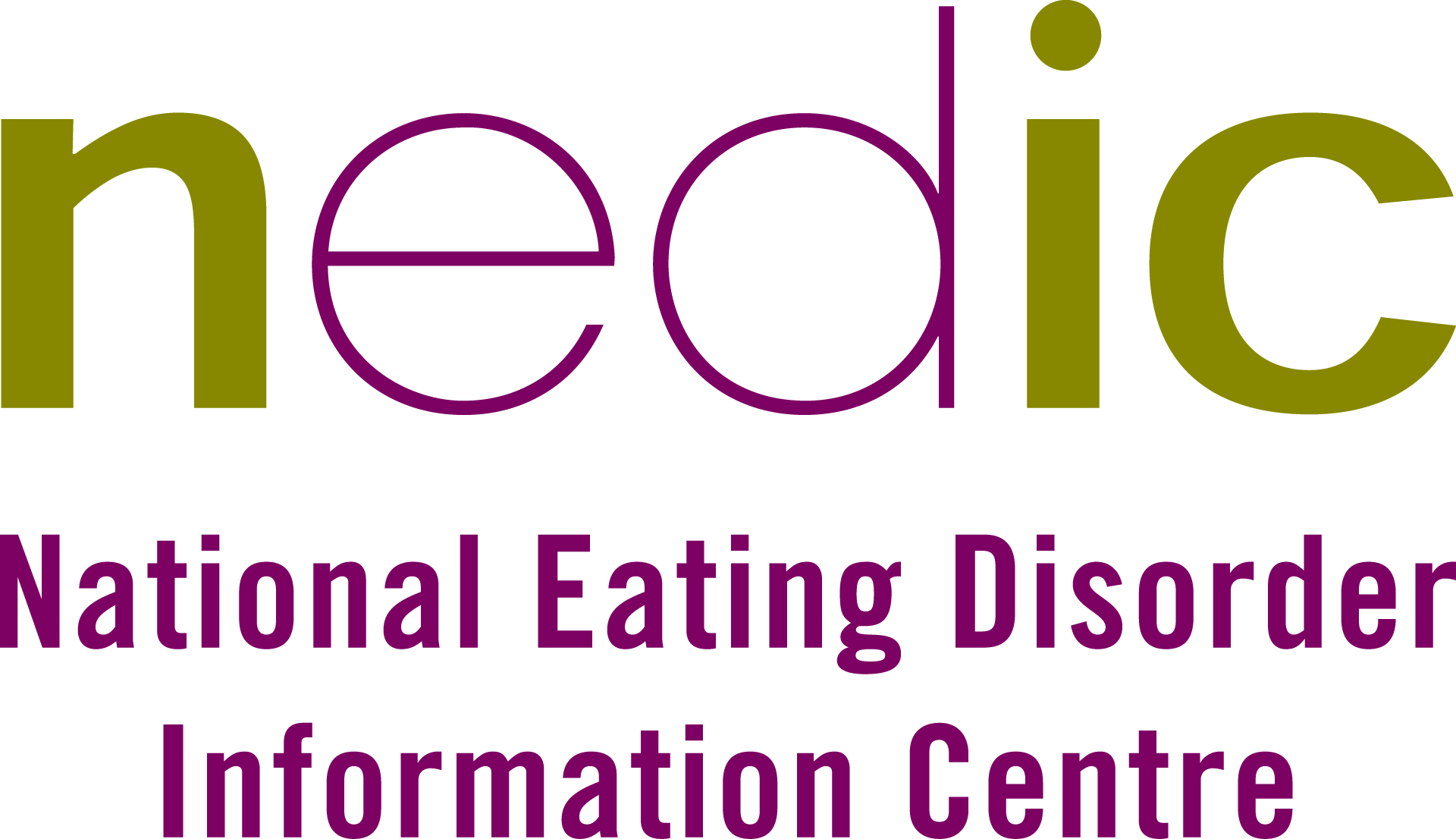
Aaron Flores
Feb. 7, 2016, 8:27 p.m.

Binge Eating Disorder (BED) is possibly the most common eating disorder, yet many of us hadn’t heard of it until recently. The notion of BED has been around for some time but until lately, it was not a stand-alone diagnosable eating disorder. This all changed with the release of the latest DSM-V. The latest version listed criteria for diagnosing BED, instead of lumping it into other unspecified eating disorders. The DSM-V set BED apart, similar to how Anorexia Nervosa or Bulimia Nervosa might be classified.
This distinction was an important step because it helps to bring attention to an eating disorder that is more common than we might think. According to the National Eating Disorder Association (NEDA), 3.5% of women and 2% of men are affected by BED. Compared to Anorexia or Bulimia, which have a much higher prevalence in women than in men, BED affects men nearly as frequently as women. It also means that those who are affected by BED may be able to find more treatment options that might be covered by insurance.
BED is categorized by frequent uncontrollable binges that usually occur on a frequent basis. During episodes of bingeing, the individual will eat more than they would in a natural setting with intense out of control feelings.
Some might assume that all heavy people have BED but that is incorrect as this eating disorder occurs in individuals of all sizes. The stigma of ‘being heavy’ does play an important role in BED. It can be these feelings of being marginalized that lead to negative body image which can be a trigger for future binge eating episodes.
In my practice, BVMRD, I have been working with more and more clients affected by BED. As other healthcare providers become increasingly aware of this disorder, more and more people are being diagnosed and are seeking treatment. As with anything ‘new’, there tends to be varied ideas about ‘what’s the best way to address the issues of binge eating’. In my experience, the biggest misconception that I’ve seen is that addressing weight loss along with binge eating is the best way to begin treatment if the individual is heavy.
This approach can set up possible red flags. If weight loss is one of the main focuses in a treatment plan, it reinforces a negative relationship with food. By keeping weight at the forefront, the client will approach their eating habits as a diet which in turn can cause them to restrict their intake. The hazard with this is that food restriction can lead to more long-term concerns with eating. Many individuals affected by BED already have difficult relationships with food; restricting foods does not promote a long-term healthy relationship with food.
In my experience working with clients affected by BED, I’ve found that there are two big factors that lead to a binge: (1) emotional stressors, and (2) physical stressors. Examples of emotional stressors include: body image concerns, depression, anxiety, and trauma. Conversely, physical stressors often have to deal with food and eating. Examples of physical stressors include: feeling hungry, engaging in restrictive eating habits, and having a lot of food rules.
As a dietitian, I’ve found that helping people develop Intuitive Eating skills helps them develop tools to deal with the physical stressors that impact their binge eating. Learning how to break down food rules, tune into hunger fullness, and connect to how food makes our bodies feel are all essential in helping someone who is bingeing learn to feel safe around food.
The emotional stressors are outside of my scope of practice. This it is why I highly encourage any client that I’m treating affected by BED to see a mental health provider as well. By approaching BED from both sides, emotionally and physically, clients can learn how to better manage the emotional side while learning how to trust their bodies. In doing this work, they will likely reduce their binge eating behavior(s).
Binge Eating Disorder is something that we should all be more aware of. By being more aware of this eating disorder, we can start to understand the true nature of the behavior and advocate for best practices in treatment of binge eating. If you are struggling with binge eating disorder, I encourage you to reach out to a mental health provider and dietitian to help address this behavior. There is hope for recovery and finding the right team is essential in helping you learn to change.
Image credit: Alliance for Eating Disorders
Aaron Flores is a registered dietitian nutritionist with a private practice in Calabasas, California. He uses Intuitive Eating and Health at Every Size® to help clients break free of their diet mentality and learn to make peace with food and their bodies. To learn more about his practice or to read other blog post, check out his website www.bvmrd.com or you can follow Aaron on Twitter @BVMRD, on Facebook or on Instagram.

July 6, 2018, 4:11 p.m.